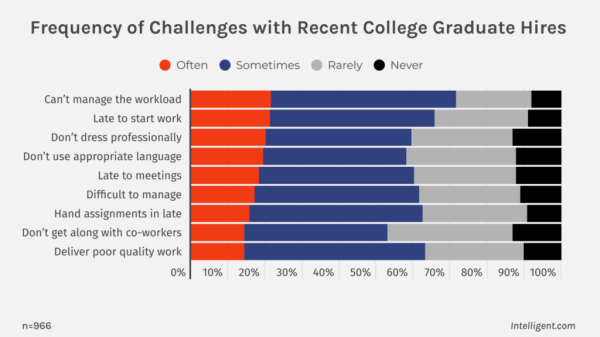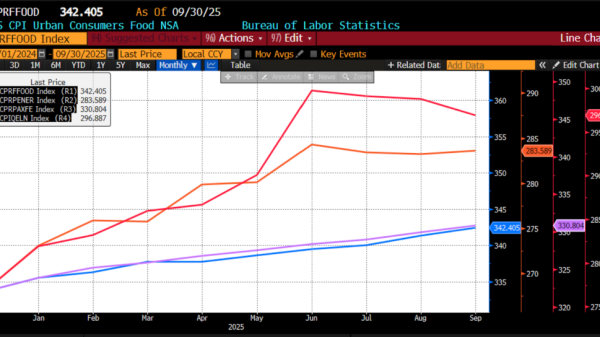The city of Wrightsville Beach (WB), on the North Carolina coast, operates municipal lots that charge for parking. It happens there are two lots near the beach condo where we spend a month every summer. One is large (about 85 parking spaces), and the other is small (19 spaces). The current charge is $6 per hour, or $30 for the day, a rate that applies 9 am to 8 pm.
On some days — cloudy weekdays, say — the lots are not full. But on high-demand days, on sunny weekends, and almost all the time in July and August, peak beach-going times, there are more people willing to pay $6 per hour to park than there are spaces.
If you pull into a space that is unoccupied, and there are other unoccupied spaces, you have replicated the old Lockean process of acquiring ownership. Of course, if you fail to pay, you’ll be ticketed and ultimately towed; let’s ignore the price, because that is fixed externally.
You have an exclusive right to use that space — you can park there, and I can’t. But you have no right to transfer the space to someone else: it’s not clear what happens when a car pulls out of a space to leave the parking lot. But, of course, that is where the allocation problem emerges: since many people are willing to pay the money price, whose space is this, now that the previous “owner” has left?
Perhaps surprisingly, there is a clear pattern of behavior. When the large lot fills up, a line forms — there is only one entrance — with the first car in line waiting at the turnoff from the main road, and the other cars temporarily parked in order of arrival off on the right shoulder, with two wheels on the grass so that they don’t block through traffic.
As I have noted before, this constitutes a kind of “surge pricing,” because the cost of a parking spot is the sum of the fixed money price — $6 per hour — and the “congestion tax” of waiting in a longer or shorter line. If the line is “too long,” you are not willing to pay the time costs of obtaining a space, and so you pull out of line.
But when the smaller lot fills up, cars waiting for a spot disperse around the lot, with four cars each parked in an area that commands four or five parking spaces. If someone comes back from the beach and pulls out of a spot, the car that has staked out the relevant segment gets to pull in.
I’ve watched these parallel systems play out many times, over the course of weeks, for a decade. The large lot system is more rational, and predictable, and seems more fair, because cars get parking in the order of their arrival. Further, because the larger lot is nearly five times as big, the rate at which cars are leaving spots is far greater.
The downside is that, for just these reasons, the line at the big lot is really, really long. The “line” at the small lot is usually one or two cars at most, plus the four cars that have staked out territories within the lot itself. You might get lucky, in the small lot, and only have to wait 10 or 20 minutes, where you will have to wait for an hour or more at the large lot. On the other hand, you also might get unlucky, at the small lot — you only have 4 or 5 spots in your “territory,” and none of those might leave for a long time — and have to wait for 2 hours or more.
There are two differences in the lots. The obvious one is size. But the other is access: smaller lot is a circle, meaning that there are, in effect, two entrances. It’s supposed to be “one way,” but a car near the entrance could hurriedly pull around and take the short part of the circle, pulling into the vacated spot before the car that was waiting in line could drive the long part of circle. The large lot has only one entrance, and there is no way to pull around the cars ahead of you in line to jump the queue. The more orderly line there is self-enforcing.
As far as I can tell, the same people behave differently in the two settings, based on the “comparative statics” differences in size and access. But they also choose one lot or the other, based on their preferences: if you like risks, and you are willing to argue about the boundaries between the made-up “territories,” you’ll choose the smaller lot. The average wait time there is smaller, though the variation in wait time is much larger.
Over the July 4 extended weekend, I saw a man who broke the emergent conventions, or tried to. It was in the large lot, and his car was fourth in line. I happened to be standing in the lot, watching, thinking about the way the line worked, because of course I was. By chance a young woman beside me was talking to herself: “I can’t believe it. He’s doing it again. Why does he do this?”
She was referring to (as it turns out, I asked) her father. It was obvious who she meant. A round gentleman in a worn straw pork-pie fedora was accosting people who were obviously heading to their cars, with their carts, chairs, and umbrellas, back by the exit from the sandy beach. He asked them if he could buy their parking spot, and offered to pay. He found someone who accepted $10 for “their” spot, and then ran to his car and (I watched) pulled around the line to go wait by the spot he had bought.
It’s not easy to pull around; you have to go into the exit lane, and there are lots of people there. But he waited by the soon-to-be-emptied spot, with his turn blinker on, the standard “I claim this” signal in parking lot language.
It worked: paid guy pulled out, porkpie guy pulled in, jumping the queue. The daughter was hiding behind the bathroom building, mortified with embarrassment. But this behavior was so out-of-bounds that I think the people ahead of the “buyer” assumed that something else was going on. Nobody gets to buy a space; they must be family members or something.
What’s interesting about these observations is that humans discover, and then follow, rules for being fair and consistent. The idea of “line up!” is deeply ingrained in most of us, to the point where we are angry if someone “cuts” in line ahead or, for that matter, behind us.
But we can also adapt. In the smaller lot, a different institution, staking out a territory rather than lining up, solves the slightly different problem of small size and double entrances. The problem is that a functioning community may have trouble with outsiders, who don’t know or don’t accept the norms. Either the “bidding” system that the aggressive man used so successfully, or the “line up!” system that the community is used to, might work well, but only if everyone is using the same system. It is the mix of systems, and uncertainty about the right thing to do, that leads to arguments and conflicts. Beach parking is a microcosm of the larger problem of sustaining norms.
Enjoy the beach!


























